With age comes the increased likelihood of various age-related eye diseases, including cataracts, glaucoma and macular degeneration. Did you know that in their very early stages, not one of these diseases usually present with any obvious symptoms? That is why it is especially important to maintain yearly eye exams over the age of 60. If it has been over a year since your last exam, don’t hesitate to give us a call! And if you have Medicare as your primary medical insurance, they will usually cover most of your eye exam as well (call us for more info on this)!
It's that time again! Back to school!
You’ve purchased most of the items on your school supplies list. Glue sticks. Crayons. Notebooks. Tissues. Scissors. But have you gotten your child in yet for his/her yearly eye exam? A child’s vision can change quite a bit every 6-12 months, and it is often found that children will not complain even though their world is blurry…they will instead often simply squint their way through it. Give us a call today or request an appointment on our website to be sure to get them in before the first day of school! Being able to see the board well and not get headaches with computer use is essential to success in the classroom.
FREE SUN CLIP!
Summer is officially here!!! In celebration, we are offering a FREE custom sun-clip with purchase of one of our brand NEW and GORGEOUS women’s OGI frames! Offer expires July 31! $100 VALUE!
Win a pair of sunglasses!
Want to win any pair of sunglasses off our board (up to $250)? If so, shoot us an email at info@sighteyecare.com and ask us how you can get your name entered to win! The winner will be picked on July 1st. Right now, your chances of winning are about 1/15. So, pretty good chances! ;)
Dr. Neka's take on the NEW transitions contact lenses
Transitions lenses have been available as an option for eyeglass lenses for quite awhile now. Now, transitions contact lenses are on the market. The question is…do transitions contact lenses live up to their hype? Are they really a good option for sun protection? Sure, they offer an extra level of sun protection while outdoors. However, what about sun protection for the skin around your eyes which, over time, can become prone to sun damage and even potential eyelid/skin cancer? And what about the option of polarization? Polarized sunglasses provide the most relief from glare, especially while on the water or snow, or even while driving. So while transitions contact lenses are a fascinating new technology and certainly have their place, a good pair of sunglasses still wins (in my opinion) when it comes to complete eye protection from the sun. One thing that these transitions contact lenses interestingly claim to offer as well is some protection from the “bad” blue light that comes from our phones/computers/devices. Though the protection that transitions contact lenses offers from this blue light is minimal, some people may find this to be another benefit to these lenses, whereby they may experience less eyestrain/fatigue while at the computer while wearing these lenses (as opposed to their traditional contact lenses). The only real way to find out is to try these lenses out for several days to see if that difference in eyestrain/fatigue is really even noticable.
Spring allergies hitting you pretty hard?
How are your Spring allergies holding up? If you’re still suffering from a lot of eye watering/itching and find your contact lenses unbearable this time of year, Dr. Neka can help! Not all OTC allergy drops are created the same! Also, sometimes Rx eye drops are really the better solution, but this cannot be determined unless your eyes are evaluated by an eye doctor via a slit lamp examination. Oh...and yes...these are Benadryl earrings! Because…why not?! ;)
TONS OF OAKLEYS!
Did you hear?! We just got about 20+ new Oakleys in stock! Come grab em while they’re still hot! :P
Why does my contact lens prescription expire after 1 year?
This is a great question and one that optometrists get asked often, so I figured it’d make since to do a blog post about the subject. So, the short answer is that it is Colorado Optometric law. Now, for the long answer and the reasoning behind this law, which holds through in most other states as well…
So, because a contact lens comes into contact with the cornea and several other structures of the eye, there can be changes with the health of the eyes that occur at a microscopic level that need to be checked regularly. It was determined that having the eyes checked once a year is sufficient when it comes to checking the corneal health in a contact lens wearer. In some cases, more frequent visits than once/year may be necessary. To put it simply, even if your eyes “feel fine,” there could still be problems going on with the health of the eyes at a microscopic level that need to be addressed. I will provide 3 very commonly seen case examples of such issues that can occur without the person even being aware that there is anything wrong. I see all 3 of these cases almost every single week, usually with minimal or no symptoms.
CASE 1: A loss of corneal epithelial cells due to dryness. This can only be seen with an eye exam under a microscope (slit lamp exam), as seen in the picture below. This person really needs to stay out of contact lenses until this resolves, because the loss of epithelial cells can be a precursor to a potentially painful corneal ulcer. This is something I see every week, and often appears with no symptoms, or maybe some mild dryness/irritation. Treatment with drops is necessary too, depending on severity.
CASE 2: An allergic reaction to one’s contact lenses. In this photo, you can see bumps (papillae) underneath the eyelid. This represents a condition that is caused by an allergic reaction to one’s contact lenses. This person needs to stay out of contacts until this condition improves, and will likely need prescription eye drops to achieve resolution. The main symptoms of this condition include itching, irritation, redness, and even contacts not staying centered on the eyes during the day. Staying in one’s contacts will only make the condition worse with time. This is more common in those who choose to sleep in overwear their contact lenses (obviously not recommended).
CASE 3: Blood vessels growing onto the cornea. The cornea is supposed to be avascular, but when it becomes starved for oxygen, blood vessels will actually start to grow onto the cornea, in an attempt to push more oxygen that way. This usually happens due to sleeping in or overwearing the contact lenses. Sometimes the person, however, is taking perfect care of their contacts and still develops corneal hypoxia. In this case, the person would be best off switched to a contact lens that is more oxygen permeable, or perhaps not in contact lenses at all. If this gets severe, it can cause permanent changes to the eyes. Not good.
In addition to the above complications, which can occur with minimal to no symptoms, there are other factors that are assessed during a contact lens exam. One is to ensure the contact lenses are still fitting okay. If the contacts are too tight, the cornea may start starving for oxygen; if too loose, the corneas will become irritated over time due to excess movement on the eye. A tight or loose fitting contact lens may FEEL fine to you, but over time may cause problems to occur. Also, it of course makes sense to check the vision each year to make sure the powers have not changed at all.
As always, feel free to ask me if you have any questions or concerns about your contact lenses. Even if it has not been a year since your last eye exam, any eye irritation or redness is better evaluated rather than waiting to see if it improves.












